Experience Tradition at The ULU Factory
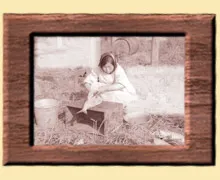
History of the Ulu

Alaska is a vast area, full of history and tradition. The history is colorful; it’s the story of what used to be, but the traditions of the past live on in many forms.
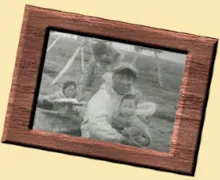
The Eskimos lived from the land, and everything they ate, wore, lived in, or traveled on had to be fashioned from nature.
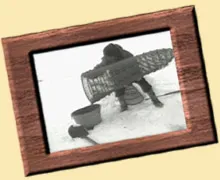
In order to create even the simplest article, the Eskimo craftsman invented many interesting and practical tools, many of which are still in use today.
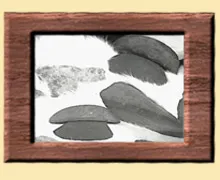
Of all the innovative tools that came from the Eskimo culture, one is the foremost: the Alaska ulu knife. The ulu knife was their main cutting tool. It was originally made from flat, thin, rocks, slate, or even jade. Handles were fashioned out of wood, ivory, or bone and often decorated with distinctive markings of the craftsman.
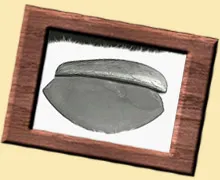
This is an especially nice piece that archaeologists estimate to be well over 3,000 years old. There is a decorative ivory handle and a slate blade that is still sharp enough to be used. Many of the ancient ulus can be seen in museums and private collections, such as the ones here in the Ulu Factory. Some of the ancient pieces found deep in the permafrost still have prehistoric feathers and animal fat attached to them.
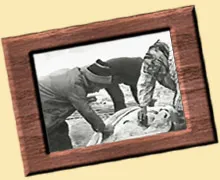
Eskimo people used the ulu for everything, from skinning seals to sewing mukluks ( Eskimo boots), and eating muktuk, seal, and blubber.
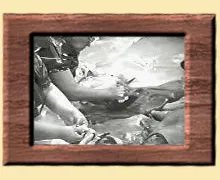
Women used the ulu for preparing walrus hides for use in the construction of the traditional umiak (skin boat).
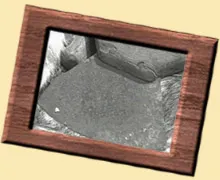
As time progressed, and whaling ships were common in Alaska waters, the Eskimo took advantage of the new materials available to him: steel. Instead of using rocks, the native Alaskans made even better ulu knives – sharper and varied in design.
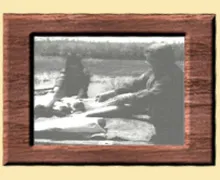
The ulu is still used traditionally, especially when the salmon are abundant in the summer. Not only natives, but people around the world rely on the ulu for everyday cutting.
